8 Forest Conservation: Protecting Biodiversity
- August 6, 2024
- 0 comment
Forests are essential for biodiversity, providing habitat for countless species and vital ecosystem services. This article delves into eight innovative approaches to forest conservation, highlighting their importance in protecting biodiversity. From sustainable forestry practices to community involvement, these strategies offer hope for preserving our planet’s rich natural heritage.
1. The Essence of Forest Conservation of Protecting Biodiversity
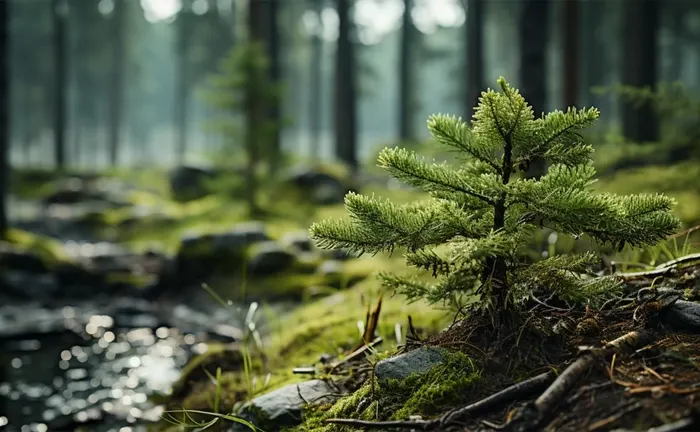
1.1 What is Forest Conservation?
Forest conservation refers to the practice of planning and maintaining forested areas for the benefit and sustainability of future generations. It involves managing forest resources to prevent deforestation, degradation, and other forms of ecological harm. From my perspective, it’s an ongoing effort to ensure that forests can continue to provide their ecological, economic, and social benefits.
1.2 Why is Forest Conservation Crucial?
The importance of forest conservation cannot be overstated. Forests are home to over 80% of terrestrial species of animals, plants, and fungi. They act as the lungs of the planet, absorbing carbon dioxide and releasing oxygen, and play a significant role in climate regulation. For me, forests symbolize a haven of biodiversity and a critical resource for life on Earth.
2. Understanding the Forest Conservation of Protecting Biodiversity
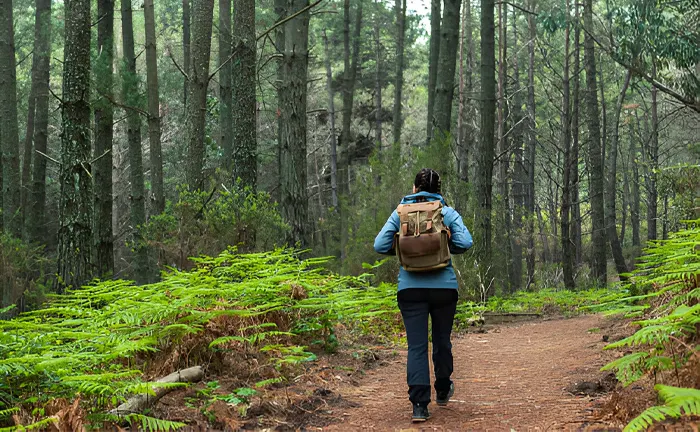
2.2 Defining Biodiversity
Biodiversity refers to the variety of life in all its forms, from genes and species to ecosystems. It’s this diversity that enables ecosystems to function and thrive. When I walk through a forest, I’m always amazed by the sheer variety of life forms, each playing a unique role in maintaining ecological balance.
2.2 The Interconnected Web of Life
In a forest, every organism, no matter how small, has a part to play. Trees provide habitat and food for countless species, which in turn support predators and decomposers, creating a complex and interdependent web of life. This intricate balance is something I’ve come to deeply appreciate through my studies and personal experiences.
3. Threats to Forests and Biodiversity
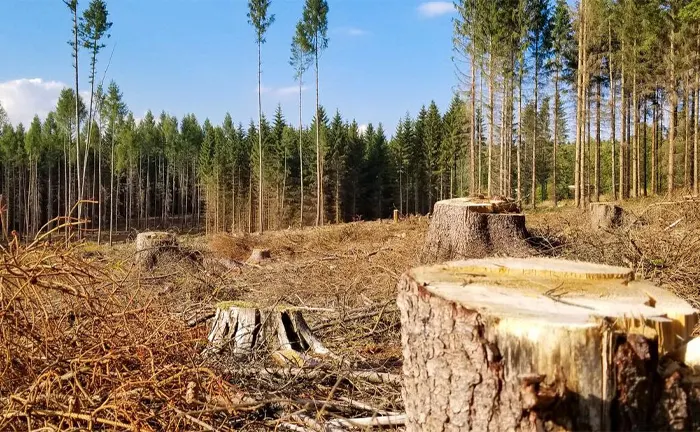
3.1 Deforestation and Habitat Loss
One of the greatest threats to forests is deforestation. Human activities such as logging, agriculture, and urban development lead to the clearing of forested areas, resulting in habitat loss for many species. I’ve seen firsthand the devastating effects of deforestation in various parts of the world, from the Amazon rainforest to the forests of Southeast Asia.
- Climate Change: Climate change is another major threat to forests and their biodiversity. Rising temperatures, altered precipitation patterns, and increased frequency of extreme weather events can stress forest ecosystems and make them more vulnerable to pests and diseases. It’s disheartening to witness how climate change disrupts these natural habitats.
- Pollution: Pollution, in its many forms, also poses a significant threat to forests. Air pollution, acid rain, and the contamination of soil and water can all lead to the degradation of forest ecosystems. As someone who values the purity and health of natural environments, seeing the impact of pollution is particularly distressing.
4. Strategies for Forest Conservation

4.1 Protected Areas and National Parks
One effective strategy for forest conservation is the establishment of protected areas and national parks. These areas are designated for the preservation of their natural state, providing a refuge for wildlife and plants. Visiting these protected areas always fills me with hope and inspiration, knowing that there are efforts to safeguard these precious ecosystems.
4.2 Sustainable Forestry Practices
Implementing sustainable forestry practices is crucial for balancing the needs of human populations with the health of forest ecosystems. Techniques such as selective logging, reforestation, and the certification of sustainable wood products can help mitigate the impact of human activities. It’s heartening to see more industries adopting these practices.
4.3 Community Involvement and Education
Engaging local communities in conservation efforts and educating them about the importance of forests can lead to more effective and sustainable outcomes. From my experience, when people understand the value of forests and feel a sense of ownership, they are more likely to take action to protect them.
5. Case Studies in Forest Conservation
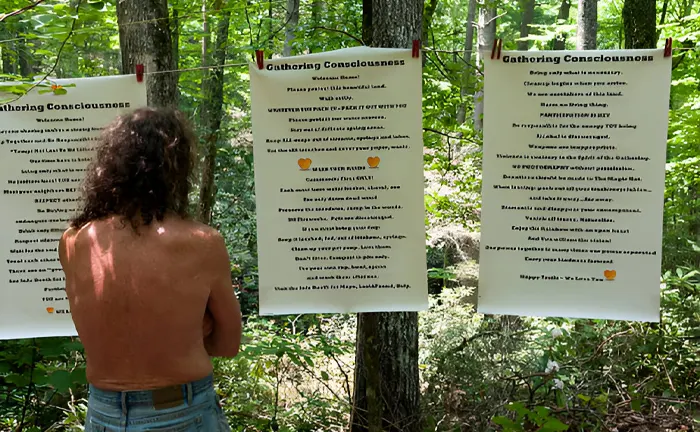
5.1 The Amazon Rainforest
The Amazon rainforest, often referred to as the “lungs of the Earth,” is a prime example of the need for forest conservation. Despite its vast size, the Amazon faces significant threats from deforestation and climate change. Efforts such as Brazil’s Amazon Fund, which supports projects aimed at reducing deforestation and promoting sustainable development, are critical in this battle.
5.2 The Congo Basin
The Congo Basin in Africa is another region of immense biodiversity. It’s home to some of the world’s largest tropical rainforests and a rich array of species. Initiatives like the Central African Forest Initiative (CAFI) work to protect these forests through sustainable land management and conservation projects.
5.3 The Great Bear Rainforest
In British Columbia, Canada, the Great Bear Rainforest stands as a testament to successful conservation efforts. Through a collaborative approach involving indigenous groups, government, and environmental organizations, this area has been preserved, allowing its unique ecosystems and species to thrive.
6. The Role of Technology in Forest Conservation
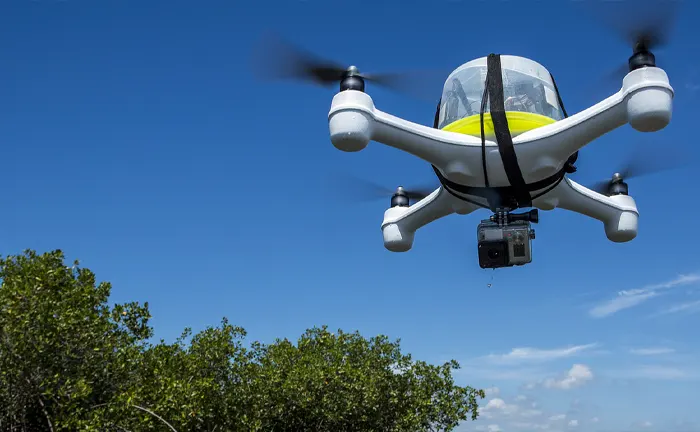
6.1 Remote Sensing and GIS
Advancements in technology, such as remote sensing and Geographic Information Systems (GIS), have revolutionized forest conservation. These tools enable the monitoring of forest cover, health, and changes over time. I’ve seen how these technologies provide critical data for making informed conservation decisions.
6.2 Drones and Wildlife Monitoring
Drones are increasingly being used to monitor wildlife and track changes in forest ecosystems. They offer a non-invasive way to gather data and observe areas that are difficult to access. The insights gained from drone footage are invaluable in assessing the health of forests and their inhabitants.
6.3 Data Analytics and AI
Data analytics and artificial intelligence (AI) are playing a growing role in forest conservation. These technologies can analyze vast amounts of data to predict trends, identify threats, and optimize conservation strategies. It’s exciting to see how AI can contribute to more effective and efficient conservation efforts.
7. The Human Impact on Forest Conservation
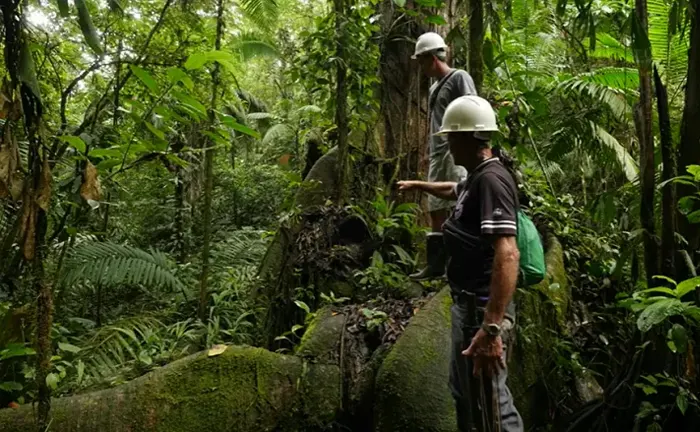
7.1 Indigenous Knowledge and Practices
Indigenous communities have long been stewards of forests, with deep-rooted knowledge and practices that promote sustainability. Learning from and collaborating with these communities can enhance conservation efforts. I’ve had the privilege of working with indigenous groups and have been profoundly impacted by their wisdom and connection to the land.
7.2 Corporate Responsibility
Corporations have a significant impact on forests, both positive and negative. Encouraging corporate responsibility and sustainable practices is crucial for large-scale conservation. Companies that commit to zero deforestation policies and sustainable sourcing can drive meaningful change.
7.3 Personal Actions and Lifestyle Choices
Each of us has a role to play in forest conservation through our daily choices. Simple actions like reducing paper consumption, supporting sustainable products, and advocating for conservation policies can collectively make a difference. I’ve made these changes in my own life and encourage others to do the same.
8. The Future of Forest Conservation

8.1 Innovative Conservation Models
The future of forest conservation will likely see the emergence of innovative models and approaches. Payments for ecosystem services (PES), conservation finance, and community-based conservation are some of the promising strategies that could shape the future. These models emphasize the value of forests and incentivize their protection.
8.2 Global Collaboration
Addressing the challenges of forest conservation requires global collaboration. International agreements, partnerships, and initiatives are essential for coordinating efforts and sharing resources. Being part of these collaborative networks has shown me the power of collective action in achieving conservation goals.
8.3 Hope and Resilience
Despite the numerous challenges, there is hope and resilience in the field of forest conservation. The dedication of individuals, communities, and organizations worldwide gives me confidence that we can overcome the obstacles and protect our forests for future generations.
Forest Conservation: A Personal Reflection
Reflecting on my journey in forest conservation, I am reminded of the profound beauty and complexity of forests. They are more than just collections of trees; they are vibrant ecosystems teeming with life. The fight to conserve forests is one of the most crucial battles of our time, and it’s one that we can win with determination, innovation, and collaboration.
Final Conclusion
Forest conservation is not just an environmental issue; it’s a matter of survival for the planet’s biodiversity. As we continue to face challenges like deforestation, climate change, and pollution, our efforts to protect forests must be unwavering. By embracing innovative strategies, fostering global collaboration, and taking personal responsibility, we can ensure that forests remain vibrant, resilient ecosystems for generations to come.
Frequently Asked Questions
- Why is forest conservation important for biodiversity?
Forest conservation is crucial for maintaining biodiversity because forests are home to a vast array of species. Protecting these ecosystems ensures the survival of countless plants, animals, and microorganisms, which all contribute to the health and balance of the environment. - How does deforestation affect climate change?
Deforestation contributes to climate change by releasing stored carbon dioxide into the atmosphere. Trees act as carbon sinks, and when they are cut down, the carbon they store is released, increasing greenhouse gas levels and contributing to global warming. - What are some sustainable forestry practices?
Sustainable forestry practices include selective logging, reforestation, and the use of certification systems like FSC (Forest Stewardship Council) to ensure that wood products are sourced responsibly. These practices help balance the needs of humans and the environment. - How can individuals contribute to forest conservation?
Individuals can contribute to forest conservation by reducing paper use, supporting sustainable products, participating in tree-planting initiatives, and advocating for policies that protect forests. Every small action adds up to make a significant impact. - What role do indigenous communities play in forest conservation?
Indigenous communities play a vital role in forest conservation through their traditional knowledge and sustainable practices. Collaborating with these communities can enhance conservation efforts and promote the sustainable management of forest resources. - What technological advancements are aiding forest conservation?
Technological advancements such as remote sensing, GIS, drones, data analytics, and AI are aiding forest conservation by providing valuable data, monitoring changes, and optimizing conservation strategies. These tools enable more effective and efficient management of forest ecosystems.
We’d love to hear from you! Share your personal experiences and thoughts about forest conservation and protecting biodiversity in the comments section below. Your insights could help others understand the importance of preserving our forests and inspire action!

Gilbert Griffin
Forestry AuthorGilbert Griffin is a forest management expert specializing in sustainable practices, forest health, conservation, and land management. With extensive knowledge in pest control, disease management, and habitat restoration, Gilbert develops strategies to preserve forest ecosystems and biodiversity. Passionate about the natural world, Gilbert adapts to changes in forest management and stays updated through continuous learning. Gilbert also provides seasonal advice to optimize forest care throughout the year.


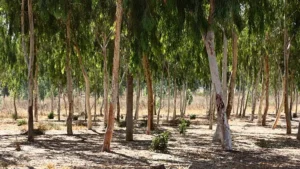
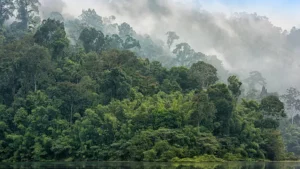
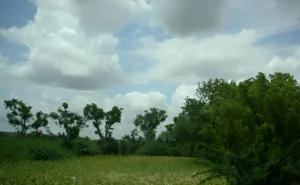
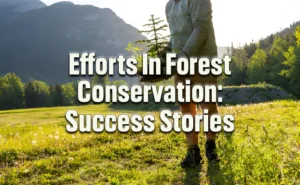


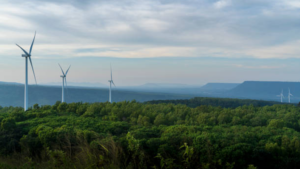
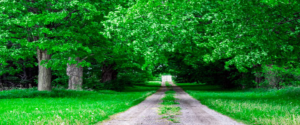
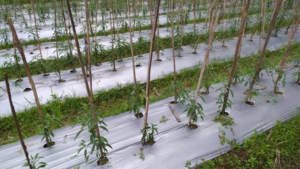
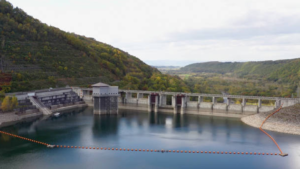

Leave your comment